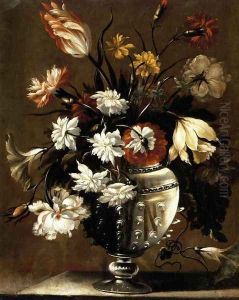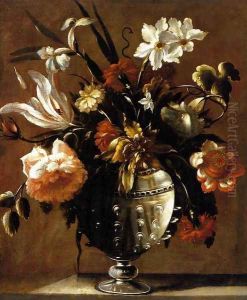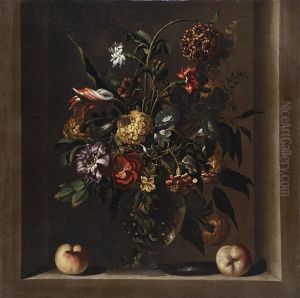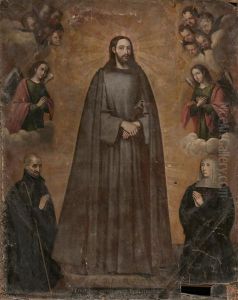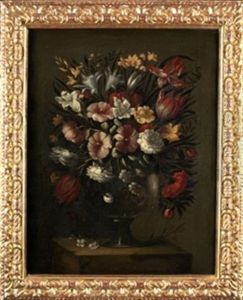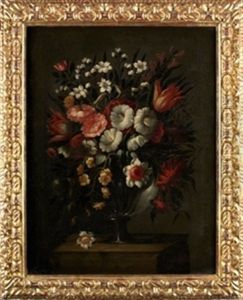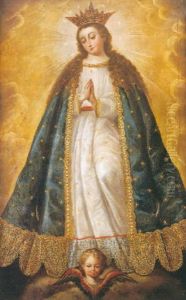Diego Valentin Diaz Paintings
Diego Valentín Díaz was a Spanish painter active during the 17th century, a period known for the flourishing of the Baroque art movement. Born in Valladolid, Spain, in 1586, Díaz's early life and training are not extensively documented, but it is known that he became a prominent figure in the artistic landscape of his time, particularly within the context of Spanish religious art. His works are characterized by their intense emotionality, attention to detail, and the dramatic use of light and shadow, elements that are typical of the Baroque style.
Díaz's art primarily focused on religious themes, a common focus for many artists of his era, given the influence of the Counter-Reformation in Spain. This period sought to reaffirm the Catholic Church's dominance and its doctrines through art, among other means. Díaz contributed to this movement by creating works that emphasized the spiritual and emotional aspects of religious subjects, aiming to inspire piety and devotion in the viewer.
Though not as widely recognized as some of his contemporaries, such as Velázquez or Zurbarán, Díaz's contributions to the Spanish Baroque movement were significant. His ability to convey complex religious narratives through his paintings made him a valuable artist in the service of the church and private patrons alike. Throughout his career, Díaz worked on various commissions, including altarpieces and other religious paraphernalia, which were highly regarded for their craftsmanship and expressive power.
Diego Valentín Díaz's legacy is preserved through his works that remain in several churches and museums, offering insight into the religious and cultural milieu of 17th-century Spain. Despite the scarcity of concrete details about his life, his art provides a testament to his skill and the broader artistic trends of his time. Díaz passed away in 1660, leaving behind a body of work that continues to be studied and admired for its contribution to the Baroque tradition in Spain.
